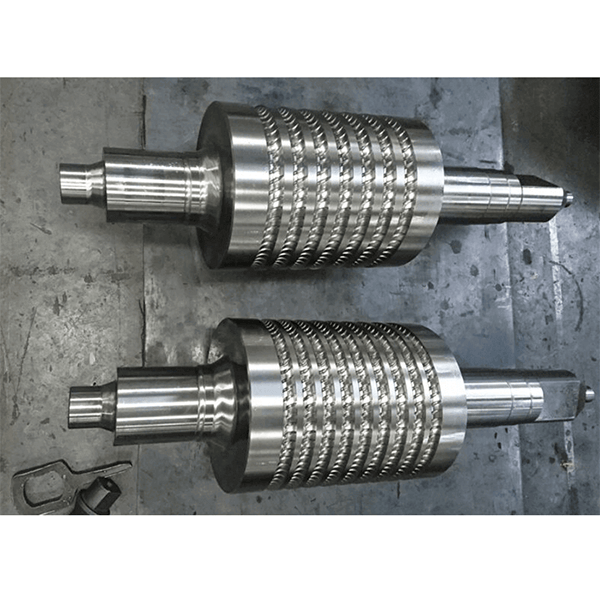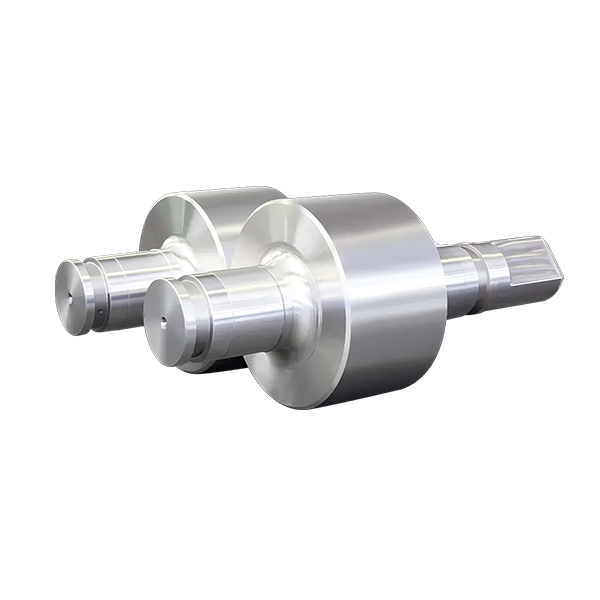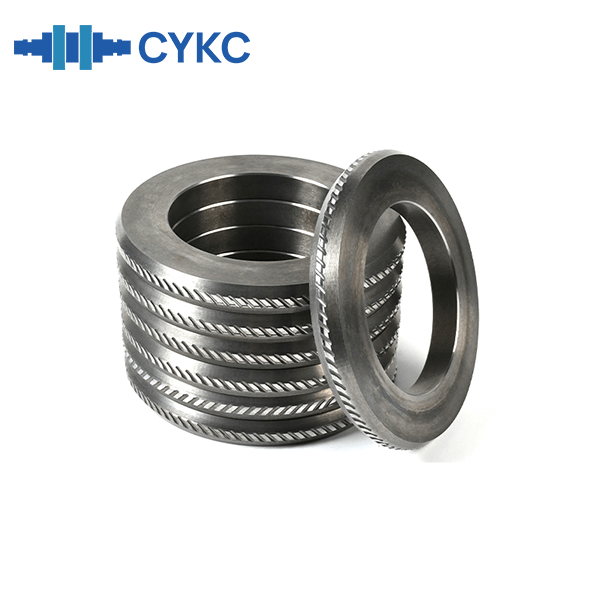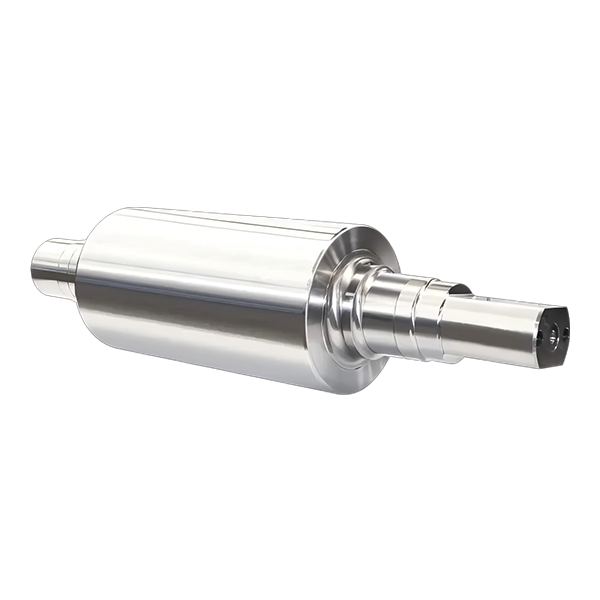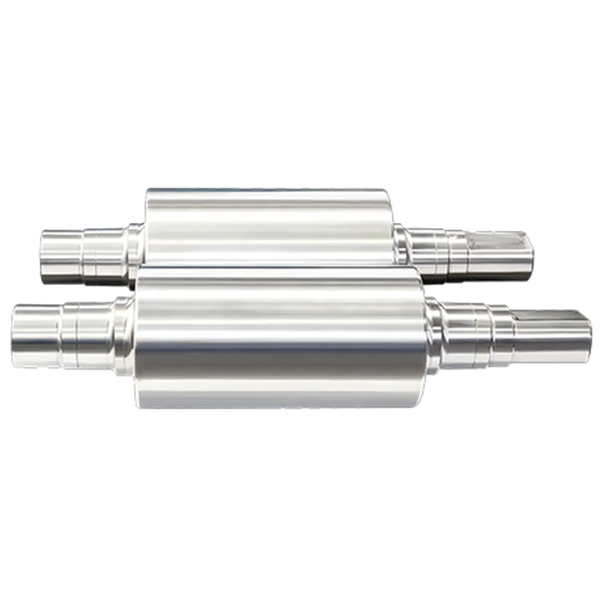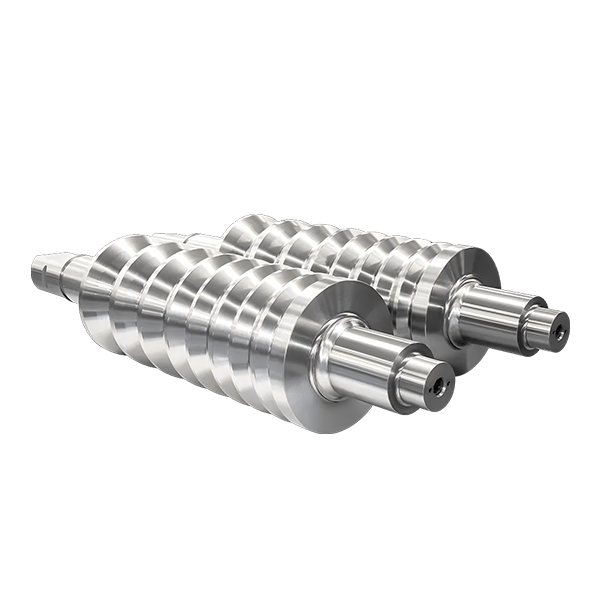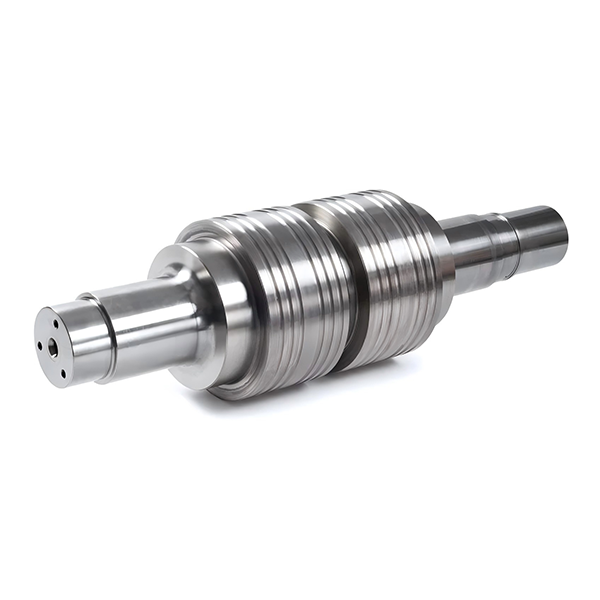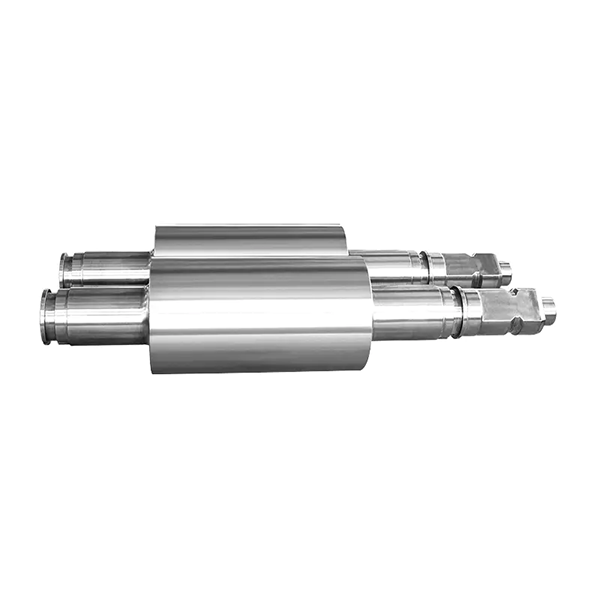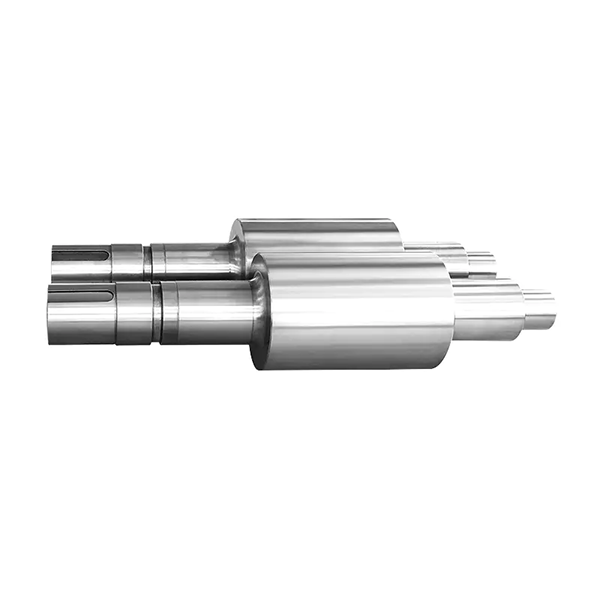Cast iron is an important type of iron-based alloy material, widely used in engineering structures and mechanical manufacturing fields. It is a eutectic alloy of iron and carbon, with a carbon content typically above 2%, and it also contains silicon (1% - 3%) as well as other trace or alloying elements. Due to the differences in composition characteristics and solidification methods, cast iron exhibits a variety of microstructures and mechanical properties, thereby forming multiple different classifications.
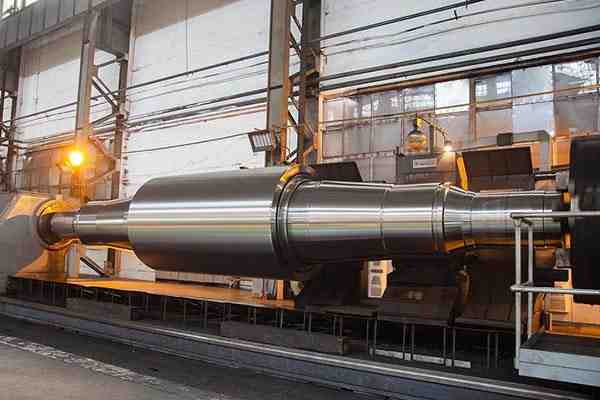
I. Basic Characteristics of Cast Iron
Compared with steel, cast iron has a higher content of carbon and silicon, so its microstructure has a more abundant carbon phase, mainly existing in the form of graphite or carbides. The solidification path mainly depends on the alloy composition, cooling rate and melt treatment method, and can form two eutectic structures: the metastable austenite-iron carbide (Fe₃C) structure or the stable austenite-graphite structure.
Cast iron features high hardness, high wear resistance and good casting properties, but it has relatively low toughness, small impact strength, brittle fracture characteristics and lacks failure early warning capability. Graphite, as a natural defect, can weaken the material's strength, but it also brings good shock absorption, lubricity and machinability.
Ii. Carbon Equivalent (CE) and Properties of Cast Iron
To facilitate the determination of the influence of alloy composition on microstructure, the "carbon equivalent" CE is commonly used to represent:
Basic formula
CE = %C + 1/3 × %Si
When considering the phosphorus content:
CE = %C + (%Si + %P)/3
When CE ≈ 4.3, it indicates that the alloy has a eutectic composition. Below this value is sub-eutectic, and above this value is hypereutectic. CE not only affects the structural morphology during the solidification process, but also influences the casting performance and service performance.
Iii. Main Factors Affecting the Microstructure of Cast Iron
The final microstructure of cast iron is influenced by the following four major factors:
Chemical composition.
Cooling rate.
Melt inoculation treatment.
Subsequent heat treatment.
In addition, the silicon content has a significant impact on the critical temperature of iron and promotes the stability of ferrite.
Iv. Traditional and Modern Classification of Cast Iron
1. Classification by fracture color (traditional)
White cast iron: The eutectic phase is Fe₃C, the fracture surface is white, hard and brittle, and has good wear resistance. It is often used in crushers, pump impellers, etc.
Gray cast iron: The eutectic phase is graphite flakes, the fracture surface is gray, it has high compressive strength, good shock absorption and excellent machinability. It is often used in engine blocks, brake discs, etc.
2. The four basic types of modern times
Type: Graphite morphology, microstructure, performance characteristics, Main applications
White cast iron without graphite, with iron carbide and pearlite, is extremely hard and brittle, wear-resistant, and difficult to process for crushers, mills, and pump parts.
Gray cast iron graphite sheets with ferrite/pearlite + graphite have good shock absorption, are wear-resistant, and are easy to process into cylinder blocks, flywheels, and machine tool beds.
Ductile iron, with its spherical graphite ferrite or pearlite matrix, features high strength, excellent ductility and good fatigue performance. It is used in crankshafts, gears, military and railway components.
Malleable cast iron, tempered graphite ferrite or pearlite, has toughness and ductility between gray iron and ductile iron. Steering parts, transmission components, agricultural machinery structural parts.
3. Other classification methods
Classified by the form of graphite:
FG: Flake Graphite (gray cast iron).
SG: Spherical graphite (Ductile iron).
CG: Vermicular graphite (vermicular graphite cast iron.
TG: Tempered graphite (Malleable cast iron).
Classified by organizational matrix:
Ferritic type, pearlescent type, austenitic type, martensitic type, bainitic type.
V. Special Types of Cast Iron
In addition to the basic types, cast iron can also be further classified into various special categories to meet the requirements of special working conditions:
Chilled cast iron: Local rapid cooling forms a white cast iron structure, and the surface has excellent wear resistance.
Porphyry: A special microstructure formed in the mixed area of gray iron and white iron.
Vermicular graphite cast iron: The graphite is in a vermicular form, combining strength and machinability, and is widely used in high-strength braking systems.
High alloy graphite cast iron: Alloying elements (such as chromium and nickel) are added to enhance corrosion resistance and high-temperature resistance.
Special cast iron: With an alloy content greater than 3%, it features excellent properties such as corrosion resistance, heat resistance and wear resistance.
Vi. Conclusion
Cast iron, as a widely used material, is endowed with a wide range of application scenarios due to its complex microstructure and diverse classification methods. From traditional gray iron and white iron to modern ductile iron and vermicular iron, and then to high-alloy special cast iron, the continuous evolution of metallurgical processes is driving cast iron materials towards higher performance and wider adaptability. A thorough understanding of the classification and microstructure evolution laws of cast iron is the foundation for the design and application of cast iron materials.
E-mail:cykc@cykcgroup.com.cn


